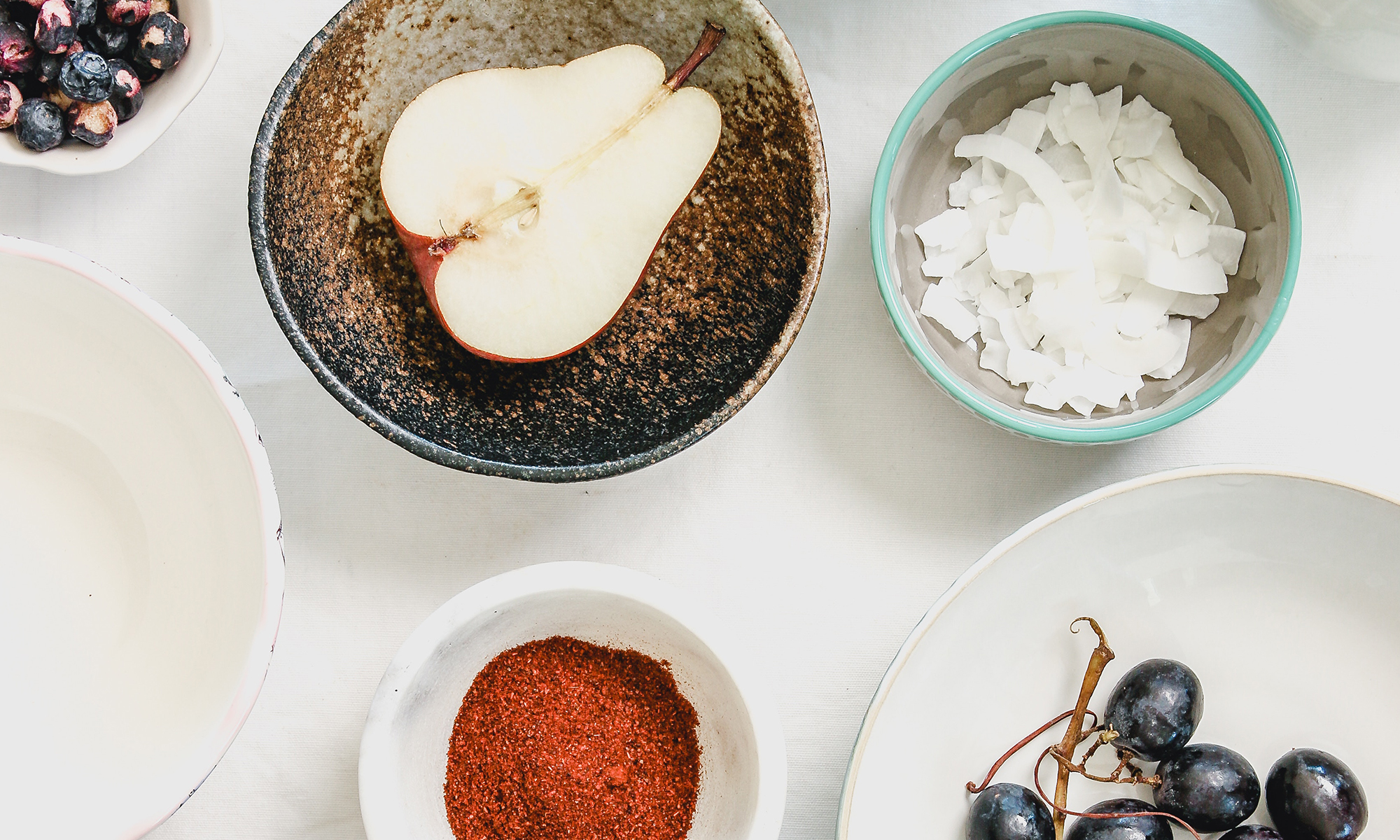At Restaurant Nora (my first job out of culinary school 17 years ago), I worked the grill station. I was responsible for cooking and plating any entrée that was grilled as well as the vegetables that garnished the entrees from the sauté station. On a usual night I was responsible for 5 of the 10 entrees. By my rough calculation, I cooked 65% of the 200 main dishes that went out of the kitchen. Oh, and I was also cooked the staff meal. I would serve 10 – 12 plates of left-over chicken, steak or fish from the previous night. The waiters swooped into the kitchen to grab their meals. I had no time to eat as I was busy setting up my station.
On one night, Nora decided to test my muster, and assigned to my station nine of the ten entrees. Effie, the sauté cook, had far more experience than me, but could only watch as I spun in circles trying to keep up with all the orders. He helped when he could, but unfortunately, there just wasn’t enough room behind the grill for both of us.
As the orders began to wind down, I fixed myself a little snack: one of my favorite meal — creamy polenta with steamed carrots and demi-glace on top. It was satisfying without being heavy.
I still love creamy polenta, even though it reminds me of the abuse at Nora’s. I guess it’s that good! With the bumper crop of tomatoes from the garden, I’m using them as a sauce, taking a departure from the Nora days.
Creamy Polenta with Fresh Tomatoes
Most recipes for polenta suggest a ratio of 4 parts liquid to 1 part polenta. For my taste, the polenta gets too firm. I prefer a 6:1 ratio. And given the continued abundan ce of kale in my garden, I could help but sauté a bunch with garlic for a garnish.
3 cups liquid: any combination of chicken stock, water, or milk. I prefer 1 cup of each
½ cup coarse corn meal (grits or polenta, do not use instant)
1 tsp. salt
½ tsp. pepper
½ cup freshly grated parmesan or asiago cheese
1-2 tbs. butter
1 large garlic clove, minced
1 small shallot, minced
4 tomatoes, cut in half, seeds removed and diced
¼ cup white wine
Salt and pepper to taste
1. Combine the liquid in a pot with salt and pepper. Bring to a boil. Reduce heat to a simmer and whisk in polenta.
2. Continue whisking polenta until it starts to thicken. Then switch to a wooden spoon or rubber spatula. Stir frequently, being sure to scrape the bottom. Continue cooking for 20 minutes.
3. Meanwhile, start the tomato sauce: Heat a large skillet over medium high heat. Add the butter. When it’s melted, add the garlic and shallots and cook for 1 – 2 minutes… just until soft. Add the wine and tomatoes. Continue cooking for about 10 minutes, or until tomatoes start to thicken. The timing depends on how watery your tomatoes are. Season to taste with salt and pepper.
4. When polenta is tender, stir in the cheese. Serve with tomato sauce. Garnsih with basil if available





